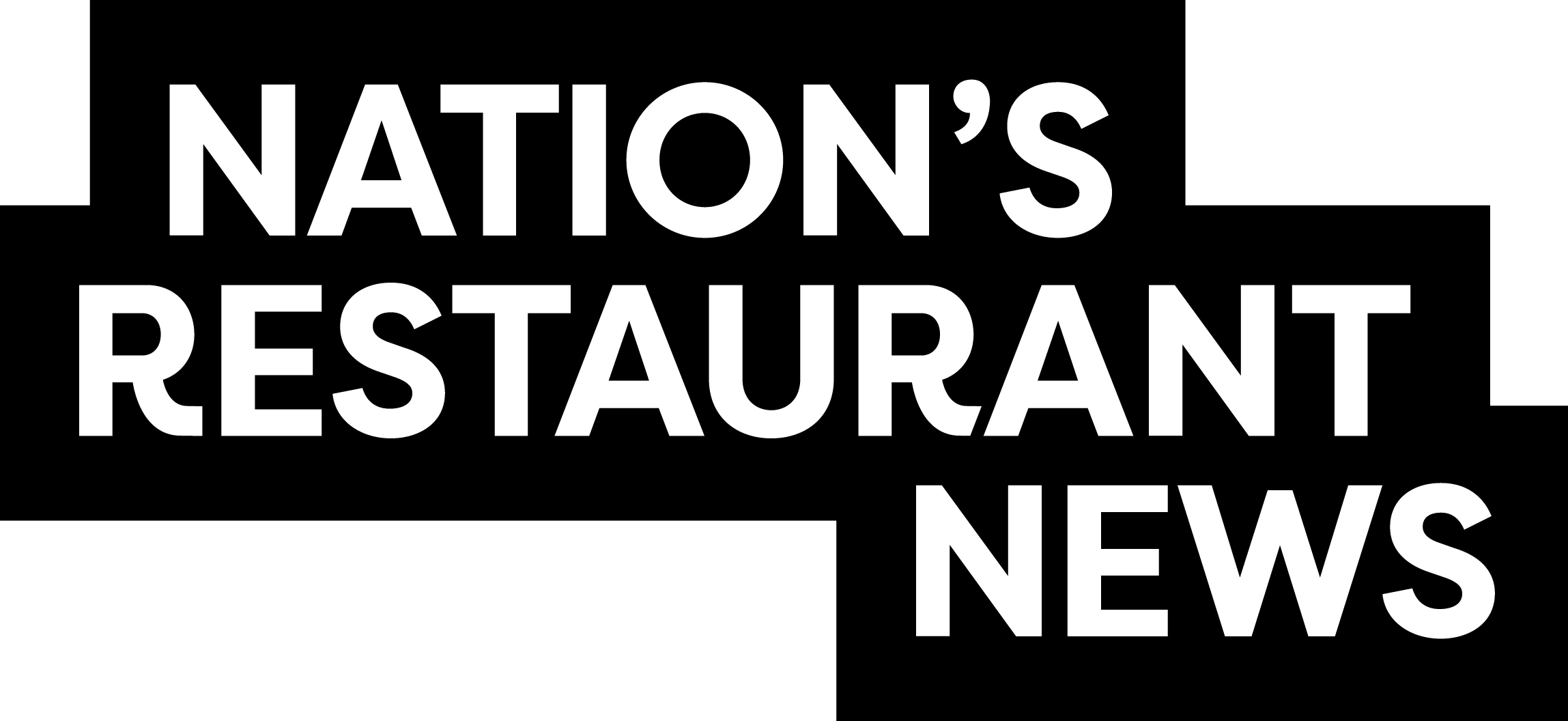Is breakfast making a comeback? Maybe
A new report from Circana finds that the morning daypart experienced its first traffic gain since 2023
18 September 2025
Share this exclusive content from Saladplate

Breakfast traffic is on the uptick after quarters of decline. | Photo Credit: McDonald’s
The breakfast daypart has had a tough few years as work-from-home continues for many Americans, and as more consumers choose to either eat their morning meal at home or skip it altogether to save money.
But Circana’s new “Eating Patterns in America” report finds that breakfast may be making a comeback, with traffic increasing in the first quarter of 2025, marking the daypart’s first increase since 2023.
The study cites a return-to-office movement, with office occupancy averaging 52% in 2025 compared to 49% the previous year. This shift is driving increased demand for portable and convenient food options that fit into employees’ commute routines.
That said, the quick-service segment continues to struggle in the morning, though it has shown some signs of resilience. Revenue Management Solutions data showed that QSR breakfast traffic fell 8.7% in the second quarter compared to Q2 2024, for instance, but a material improvement in September showed breakfast down 3.3%.
The Circana report, which analyzed more than $1.7 trillion spent on more than 618 billion eating and drinking occasions, also shows that the traditional boundaries between meals and snacks are blurring as consumers seek solutions throughout their day. The gap between snacking occasions and meal-replacement snacking continues to shrink, with 462 annual snacking occasions now occurring during mealtimes, compared to 789 between meals.
Technomic data corroborates this trend, showing that 51% of consumers now replace full meals with snacks, driven by busier lifestyles, the pursuit of new flavors, and convenience and portability.
Another takeaway from the Circana report? Consumers want protein, with 41% of adults actively seeking to increase their intake. Technomic data also validates this trend, noting that 37% of consumers cite high protein as an important ingredient when ordering sandwiches. Further, Datassential shows that approximately one-third of consumers seek high protein options, compared to 24% three years ago.
As such, several chains have launched menu items focused on protein, including Starbucks’ upcoming protein cold foam option, Panda Express’ Balanced Protein Plates, Subway’s Fresh Fit menu, and Condado Tacos’ High-Protein Bowls.
Finally, Circana’s report identifies a notable “return to purity” trend, with consumers increasingly avoiding artificial sweeteners, colors, and ultra-processed foods. This movement is gaining momentum alongside broader “Make America Healthy Again” initiatives, as 28% of adults now avoid artificial sweeteners and 25% avoid artificial colors and flavors.
This trend may very well continue to gain momentum. Last week, a Make Our Children Healthy Again strategy report was issued, chaired by U.S. Health and Human Services Secretary Robert F. Kennedy Jr. and calling for restaurants to participate in improving the health of children. It also recommends policy reforms, such as the review of chemical additives in food, revising nutritional labels, and defining ultra-processed foods.
“There are several elements like tariffs, immigration policy, and the narrative around the purity and quality of our food supply that seem to make the future uncertain,” Circana senior vice president and industry advisor for food and foodservice David Portalatin said in a statement. “But despite the uncertainty, there are signs that consumers and the economy are resilient. Midway through 2025 inflation is relatively low, employment is strong, and food and beverage spending is still growing around 3% versus a year ago.”

Source: Nation’s Restaurant News



